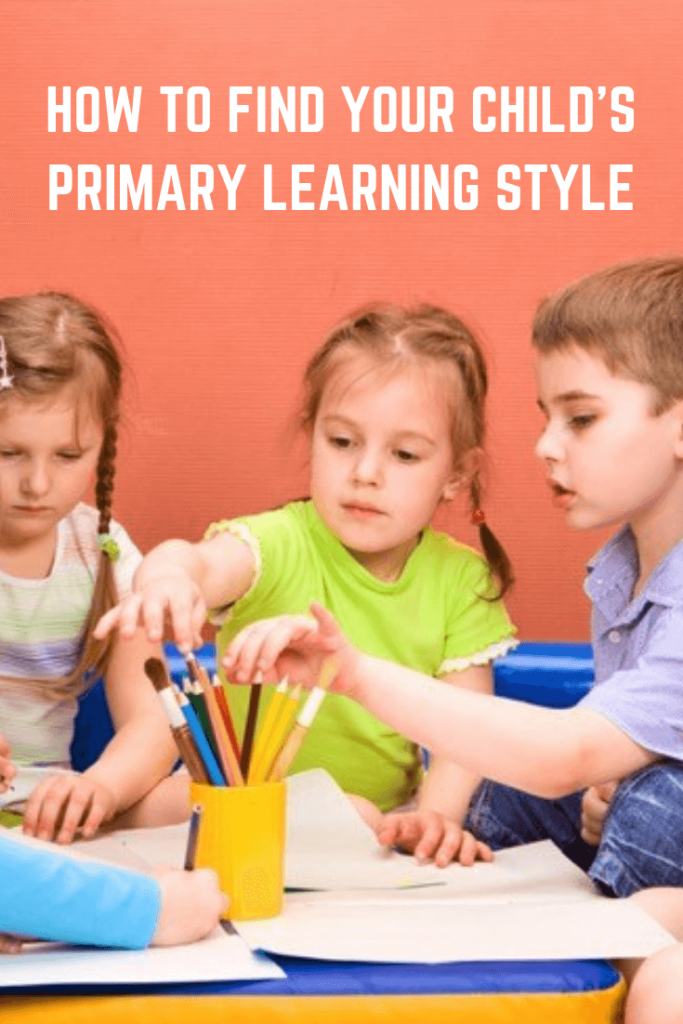How To Find Your Child’s Primary Learning Style
Every child is unique and that is the most beautiful trait about children. We believe that what we, as adults teach them, make them learn, we are basically responsible for their overall growth and development and this is true but they do for us, likewise. We learn a lot from kids too. How to have patience, how to multi-task, taking up responsibility without taking the risk of committing any mistake, controlling anger and the most beautiful of them all – We get to witness innocence in its most natural way.
The moment an infant comes out his mother’s womb the craving for learning starts. Whether it is to learn crawling, nibbling, eating, drinking, smiling, and crying. And, the process of learning continues forever till we reach our death bed. This hunger for knowledge and learning is what keeps us going throughout our lives, without which we would just turn into dull and dead corpses.
Just like every child is unique, similarly how they think, learn, receive, process and react is equally unique and different from the other. Not every one of them can be approached in the same manner. We need to understand this quite smartly, studying and analyzing our kids’ behavior, learning span, what engages them the most, what irritates them and which approach brings out the best in them. As children obviously would not understand this, we need to take a few steps in the primary year. How they perform later would totally be dependent upon how and what approach we have taken to teach them in their primary years.
In this the parents, family members, educators and everybody who stays around a child plays the roles that they have to perform to their full capacity. If every child or student is considered the same and of equal capacity it will mean that you have failed in your approach and this will have bad consequences on your child too.
According to Private School Review, there are 3 primary learning styles that will make a difference to your child. These are:
- Visual Learning
- Verbal Learning/ Auditory Learning
- Kinaesthetic Leering
Although most children will respond to all these, only one of these would make them understand easily and better.
Visual Learners
Keen to respond, receive and react to things they see with their own eyes. They become keen to learn more when something is shown to them. Art is their weakness and as well as strength. Whether you show them paintings, illustrations, drawing, books, charts, pictures or take them into a technologically advanced world of computers, television, projectors, mobile phones, laptops they will grasp everything easily and happily. Watching them would entice and enthrall them. Wouldn’t it be great to see your child learning enthusiastically!
You can never forget what you see with your own eyes. Right? Same is the case here they will not forget anything they have enjoyed looking at.
Your child is a visual learner if:
- Recognizes and remembers faces, people, pictures, places easily
- Loves to draw, paint
- Expresses more by drawing, painting
Auditory Learners
Does your little one love playing instruments, sings more often or loves listening to music? Maybe reading, reciting, learning poetry is their favorite thing!
Does your child grasp everything easily whatever is taught is taught in the classroom? That too, without making any notes?
Then your little dove is an auditory learner.
Your child is a quick learner, smart and sharp. Simple conversation around your child will make him/her make notes in the brain. You wouldn’t even remember what you taught your child once but your child will never forget.
Your child is an auditory learner if:
- Easily follows verbal instructions
- Ability to recognise voices, sounds
- Remembers verbal instructions
- Talkative, outspoken
- Grasps new words, phrases easily
Kinesthetic Learners
Children, who are continuously moving, running around, more eager to use hands and body to express themselves. They learn more by practically performing things, being more active, energetic and keep moving around curiously while talking, listening. Such learners are investigative and love exploring things, checking them in and out to understand concepts.
Your child is an kinesthetic learner if:
- Uses gestures to express
- Enjoys drawing, writing
- More expressive
- Always moving
- Loves sports
- Fidgets more while sitting, doesn’t stick to a single place while
Embrace the uniqueness of your child, embrace their flaws, and fall in love with their every little way of doing things. Just mend your approach towards them. It is you who can shape their future not anybody else. Give heed to each detail.





Comments loading...